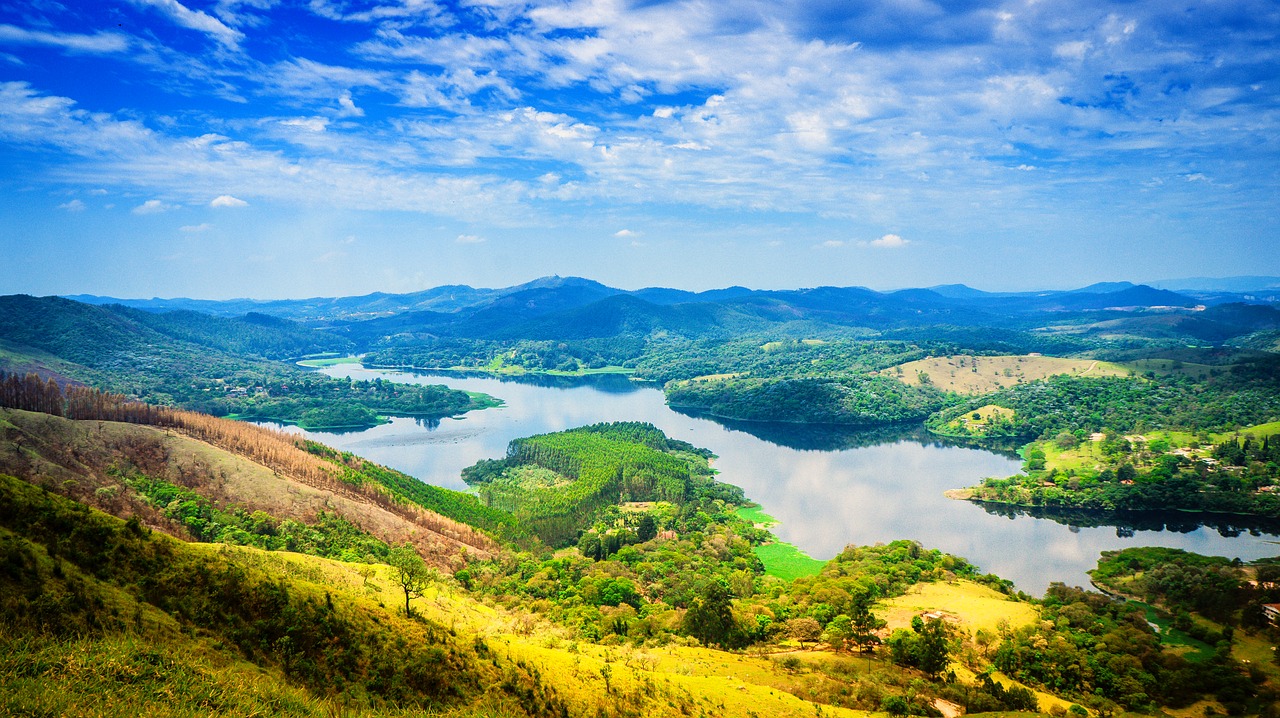 Ecology is the study of connections between the surroundings and living things. An ecosystem is a mixture like animals, plants, and organisms, also environmental factors like rain, humidity, and sun and research all of the facets of an ecosystem. Ecology is a field that is wide and includes numerous different sciences like physics, biology, chemistry, and geology.
Ecology is the study of connections between the surroundings and living things. An ecosystem is a mixture like animals, plants, and organisms, also environmental factors like rain, humidity, and sun and research all of the facets of an ecosystem. Ecology is a field that is wide and includes numerous different sciences like physics, biology, chemistry, and geology.
Each other equally affects. By way of instance, a plant has been influenced by sunlight and rain but the plant influences the surroundings underneath the plant since it lessens the total quantity of light, drops leaves, and lowers the temperature and so forth. Living things affect each other. Environmental variables are often known as variables and connections between things are called things.
Abiotic variables are ecological factors like temperature, wind exposure, rain, sun and soil nutrition. The combination of these factors influences a location’s environment.
A population is a set of organisms. Population ecology research how people interact with these surroundings.
Perhaps you have improved through a woods and noticed that the unbelievable diversity of organisms residing, from ferns into trees into mushrooms that the size of dinner dishes? Or chosen a road trip and saw that the landscape shift beyond the window, changing into plains to tall stands of walnut from the bamboo forest? If this is that’s the case, you’ve acquired a timeless flavor of ecology, the division of biology that assesses how organisms interact with one another and with their physical surroundings.
Ecology is not just about species-rich woods, pristine jungle, or panoramic vistas, however. Maybe you have, for example, discovered even, or cockroaches living mold on your own shower, below your mattress fungus? In that case, then you have seen examples of ecology.

